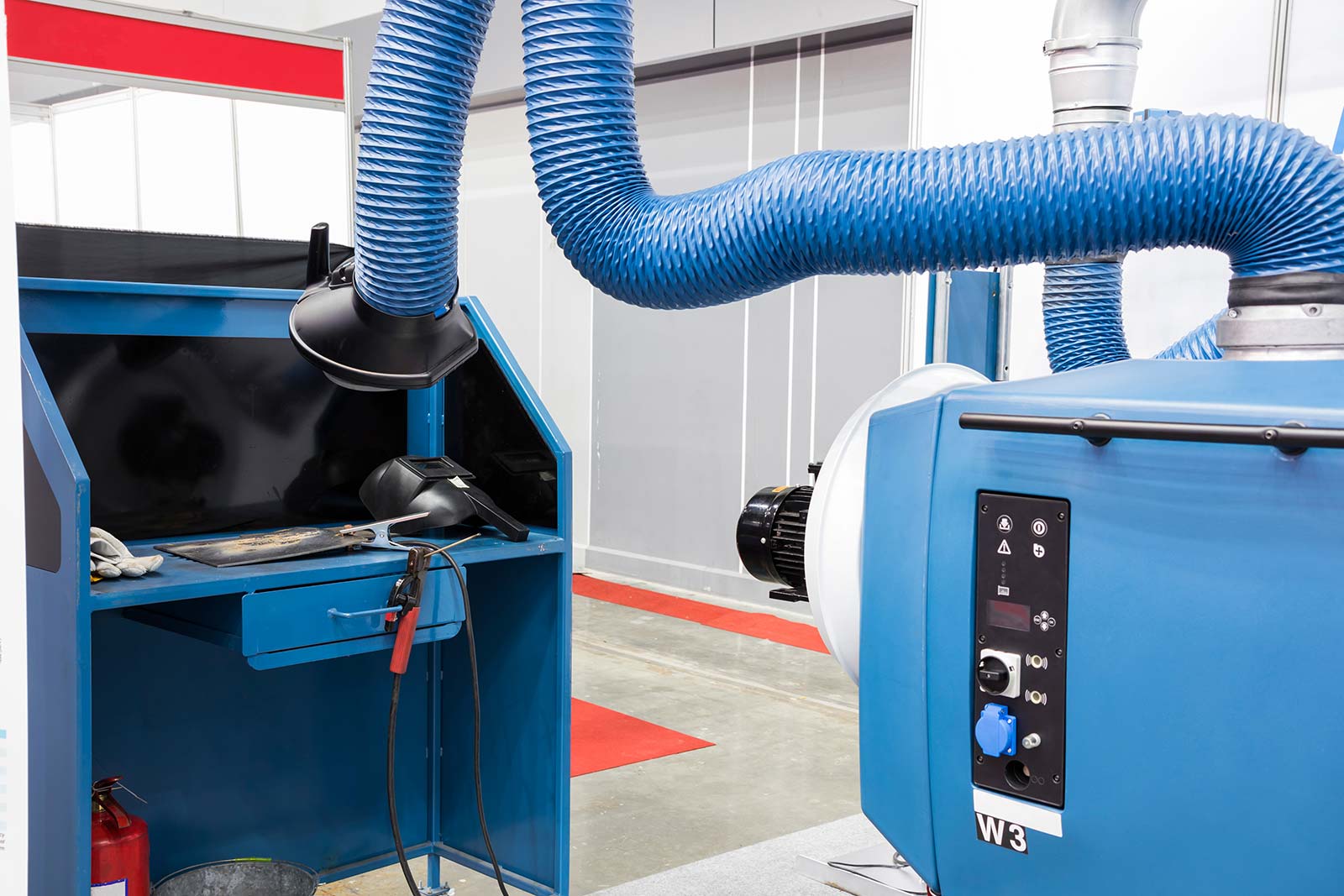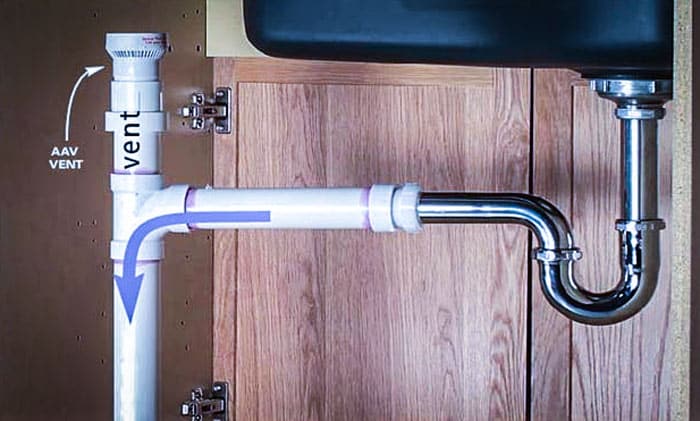The Reasons Why Adequate Ventilation is Essential for Plumbing Systems
The Reasons Why Adequate Ventilation is Essential for Plumbing Systems
Blog Article
Just how do you feel in relation to Why Plumbing Air Vents Are Important?

Proper air flow in pipes systems is commonly neglected, yet it is crucial for keeping the capability and safety and security of your home's plumbing. Ventilation helps regulate atmospheric pressure, prevent the buildup of unsafe gases, and make sure the efficient elimination of waste. In this guide, we will discover the importance of appropriate plumbing air flow, exactly how it works, and the advantages it gives your pipes system.
Just How Air Flow Works in Pipes Solutions
Atmospheric Pressure Law
Proper ventilation maintains well balanced air pressure within the pipes system. When water moves through pipelines, it displaces air. Without ample ventilation, this variation can produce unfavorable pressure, leading to slow down drains pipes or siphoning of water from catches, which can cause undesirable odors to permeate right into the home.
Preventing Sewage System Gas Accumulation
Among one of the most essential features of pipes vents is to avoid sewer gases, such as methane and hydrogen sulfide, from gathering within the home. These gases can pose severe wellness dangers and are extremely flammable. Vent pipelines enable these gases to run away safely outside.
Aiding in Waste Elimination
Ventilation aids in the efficient elimination of wastewater by preventing airlocks in the water drainage system. When air can flow easily via the vents, it permits water and waste to move efficiently with the pipelines, lowering the danger of obstructions and backups.
Benefits of Correct Air Flow
Improved System Efficiency
Correctly aerated plumbing systems run much more efficiently, with less clogs, faster draining, and much less strain on the pipes. This performance extends the life-span of the pipes system.
Improved Air High Quality
By stopping drain gases from entering your home, proper ventilation contributes to much better indoor air quality, making your living atmosphere healthier and a lot more comfortable.
Preventing Water Damages
Sufficient ventilation aids stop water from being siphoned out of traps, which can cause sewer gases getting in the home and creating water damages over time.
Actions to Make Certain Proper Ventilation
Consulting Pipes Codes
Always seek advice from neighborhood pipes codes when making or modifying your plumbing system. These codes offer the required guidelines for proper airing vent and guarantee your system satisfies safety criteria.
Regular Inspection and Maintenance
Normal assessments can aid determine possible ventilation concerns before they end up being significant issues. Upkeep tasks, such as cleaning up vent pipelines and checking for blockages, are crucial for keeping the system in good working order.
Specialist Installation
For new installments or major modifications, it's a good idea to hire a professional plumbing technician. They have the knowledge to make sure the air flow system is appropriately made and mounted according to code.
Comprehending Ventilation in Plumbing
Ventilation in pipes refers to the network of pipes that permit air to flow via the drain system. These vents serve numerous purposes, including controling air pressure within the pipelines, protecting against sewage system gases from getting in the home, and assisting in the smooth circulation of wastewater.
Types of Pipes Vents
Main Stack Vent
The main stack vent, also referred to as the vent pile, is the primary air vent in a plumbing system. It prolongs from the main drain line up via the roofing, enabling gases to leave and fresh air to enter the system.
Branch Vent
Branch vents attach to the main stack vent and offer individual components, such as sinks, toilets, and showers. These vents make certain that each fixture has adequate ventilation to operate correctly.
Air Admission Valve (AAV).
An Air Admittance Shutoff (AAV) is a one-way shutoff that enables air to get in the plumbing system without the demand for a traditional vent pipeline expanding via the roof. AAVs are typically made use of in remodellings or areas where installing a basic vent is impractical.
Signs of Poor Ventilation in Plumbing.
Slow Draining Fixtures.
If your sinks, bathtubs, or toilets are draining pipes gradually, maybe an indication of poor air flow. Poor air flow can develop a vacuum impact, making it difficult for water to drain pipes properly.
Gurgling Appears.
Gurgling noises originating from drains are usually a result of air being sucked with water catches due to negative pressure in the pipelines. This is a clear indication of insufficient ventilation.
Unpleasant Odors.
Drain odors inside your home are a red flag that your plumbing system is not appropriately aerated. This might indicate that sewage system gases are not being properly vented outside, resulting in potentially hazardous conditions.
Usual Air Flow Errors.
Insufficient Vent Sizing.
Using small air vent pipes can result in poor air flow and stress imbalances in the system. It's essential to use vents that satisfy the particular demands of your plumbing system.
Improper Vent Placement.
Placing vents as well far from the fixtures they offer can decrease their efficiency. Appropriate positioning makes certain that air can stream openly and effectively via the system.
Ignoring Code Demands.
Building codes supply specific guidelines for pipes air flow. Ignoring these codes can lead to a system that falls short to operate correctly and may result in expensive fixings or carcinogen.
Verdict.
Proper ventilation is a crucial element of any kind of plumbing system, making sure that it works effectively and safely. By understanding the significance of ventilation, acknowledging the indications of inadequate air flow, and taking steps to maintain your system, you can avoid pricey problems and protect your home's air quality.
4 Things You Should Know About Your Plumbing Vents
What Plumbing Vents Are
Also called a vent stack, a plumbing vent is a vertical pipe attached to your drain line that runs through your roof. The plumbing vent pipe, or plumbing air vent, removes gas and odors from your plumbing system and allows fresh air to enter the pipes, helping the water to flow out of the drain pipes.
What Plumbing Vents Do
Plumbing vents have two basic functions. One of which is to allow unpleasant smelling wastewater and sewer gasses to escape your plumbing system instead of entering your home. Plumbing vent pipes are typically located on roofs, away from windows, to ensure the fumes exit the home completely.
The other function of the plumbing vent is to move fresh air into your plumbing system. This helps move water through every plumbing fixture in your house, like toilets and sink drains. Think of the way in which you need to let a little air into the bottle as you pour soda in order to make the drink flow smoothly.
Different Types of Plumbing Vents
True vent: This is the most common vent option. In simplest terms, a true vent is a vertical pipe attached to your drain line that exits through the roof. They often function as the main vent that other fixtures can connect to. Re-vent pipe or auxiliary vent: Attached to the drain line near specific plumbing fixtures, re-vent pipes run up and over to connect to the main vent. Common vent: Two plumbing fixtures installed on opposite sides of a wall are typically tied into the vent stack using something known as a sanitary cross. Wet vent: This venting option operates as a drain pipe and a vent at the same time. Wet vent drainage systems drain water from one fixture while venting the air from another. Although they’ve been used for over 100 years, wet vent systems have only recently been added to the plumbing code in many areas. If you’re planning on installing one in a bathroom remodel, make sure you check your local code prior to construction. Loop vent: For free-standing fixtures like kitchen island sinks, loop vents are ideal. These vent pipes run under the floor, rise from the P-trap, and create a loop inside the cabinet sink. Air admittance valve: An AAV is a one-way mechanical valve typically installed at the site of the plumbing fixture. AAVs allow venting to occur without having to tie into a larger venting system. They’re ideal for venting fixtures where you aren’t able to easily connect to an existing vent system. Common Plumbing Vent Issues
Although vent pipes typically don’t have water flowing through them, they’re still subject to many typical plumbing issues. For example, clogs are one of the most common problems associated with sewer vent pipes. If your vent pipe gets clogged, all of your plumbing fixtures tied into the vent stack will be affected.
A sink with a slow drain that bubbles and gurgles or a strong sewage smell around your toilet are both indicators that your toilet vent pipe is clogged. Because most vent pipes exit through the roof, old leaves, twigs or even a bird’s nest could be clogging the pipe.
Clogs in your vent pipe system cause a buildup of negative pressure, meaning that water won’t be able to flow out of your home very well. It’s similar to putting your finger over the opening of a straw to trap water inside. When you remove your finger, the water is able to flow out of the straw.
If you suspect you have any blockage in your vent, make sure you have a professional come examine the situation. Left unchecked, a blocked air vent can lead to other costly repairs, like leaks and sediment buildup.
Under Pressure
Pipe vents are essential aspects of a home’s plumbing system. Owning a home means learning about all sorts of things you never put much thought into before. But by understanding as much as you can about the important systems of your home, you can keep those budgets intact and those anxiety levels low.
https://www.homeserve.com/en-us/blog/home-improvement/plumbing-vents/

We had been shown that write-up on Why Plumbing Air Vents Are Important through an associate on another blog. Enjoyed our write-up? Please share it. Help someone else discover it. I appreciate reading our article about The Upsides of Proper Ventilation in Plumbing Design.
Call Today Report this page